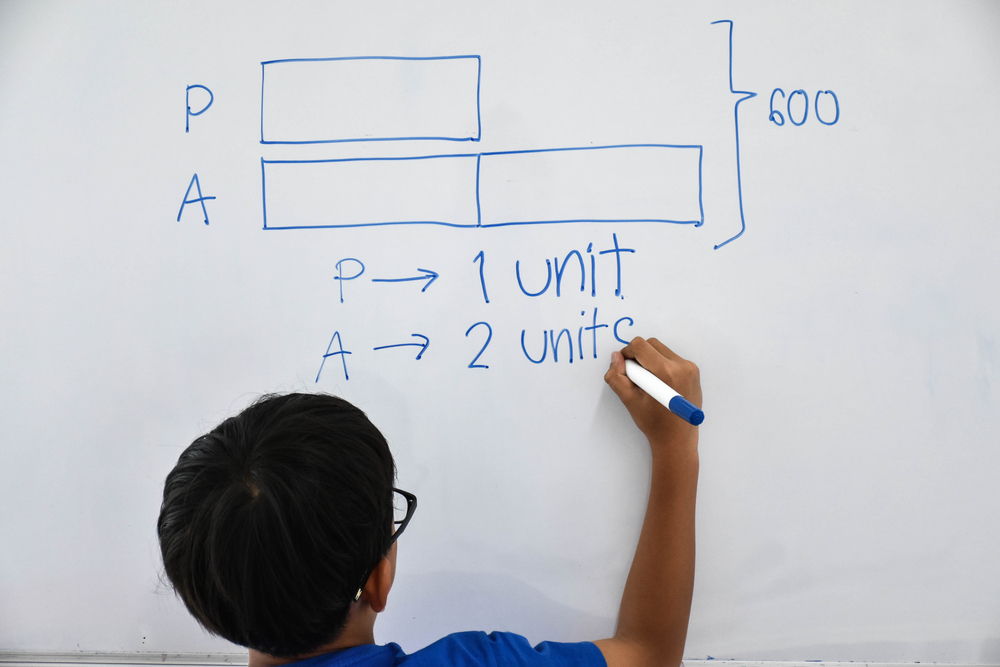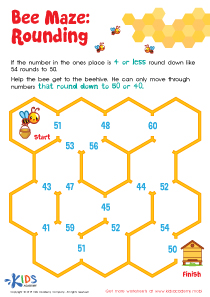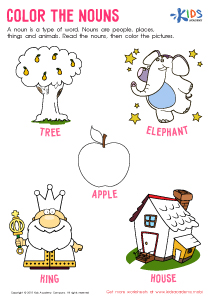Understanding skip-counting Numbers up to 100 Worksheets for Ages 4-9
3 filtered results
-
From - To
Discover our engaging "Understanding Skip-Counting Numbers up to 100" worksheets, specially designed for children aged 4 to 9. These resources help young learners develop essential math skills through fun, interactive activities that promote number recognition and counting fluency. Our worksheets focus on skip-counting by 2s, 5s, and 10s, making it easier for kids to understand patterns and sequences. By practicing with colorful visuals and enjoyable exercises, children will enhance their confidence with numbers while laying a strong foundation for future math learning. Perfect for classrooms or home use, these worksheets are an excellent tool for fostering mathematical growth in early learners!
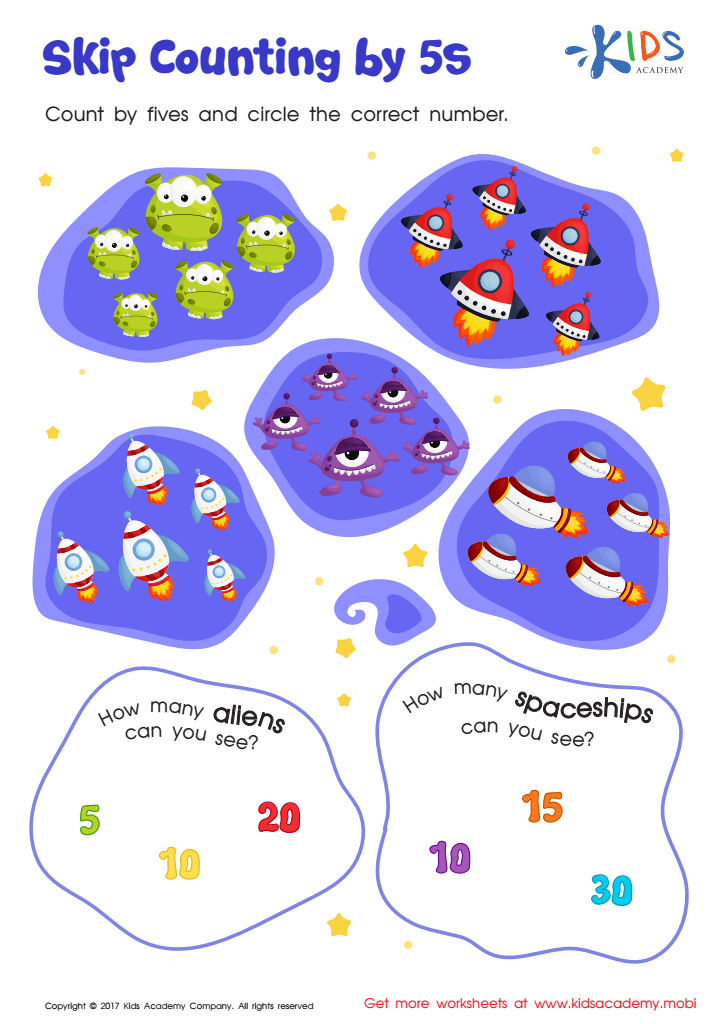

Skip Counting by 5s: Aliens and Spaceships Printable
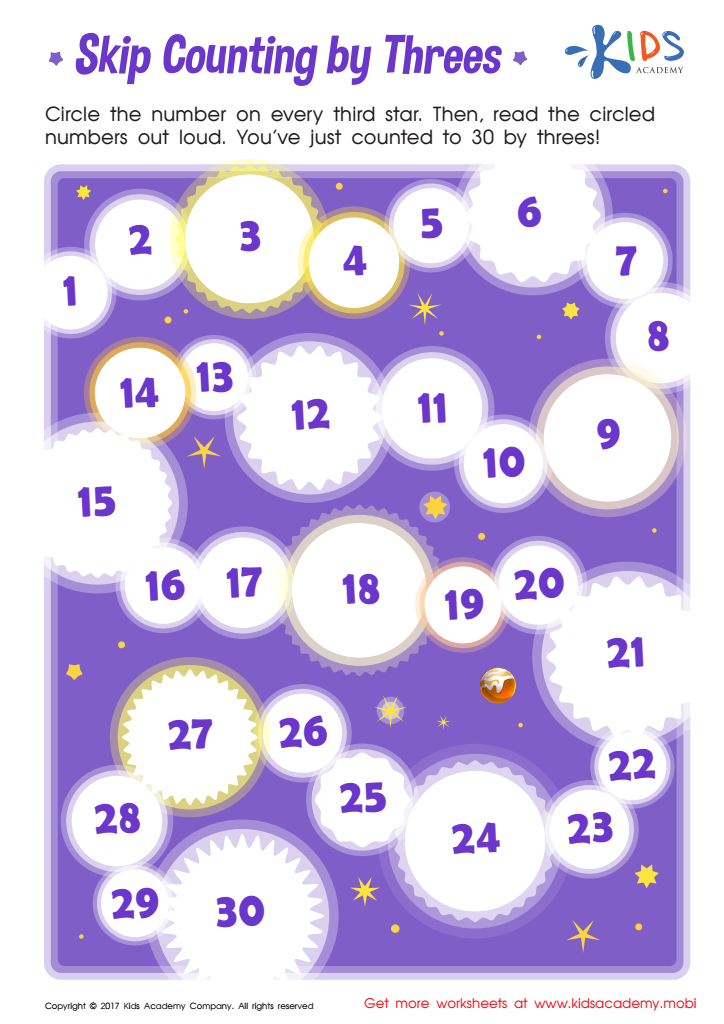

Skip Counting By Three Printable
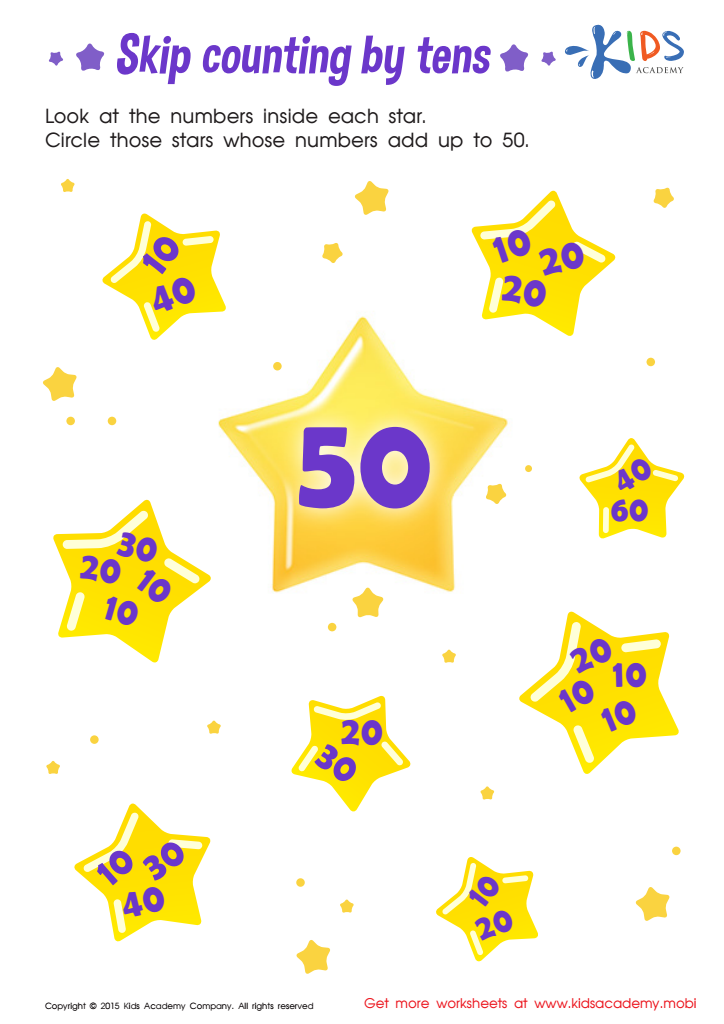

Learn Dozens: Skip Counting by Tens Printable
Understanding skip-counting numbers up to 100 is fundamental for young learners aged 4-9. It's an essential skill that lays the groundwork for more complex mathematical concepts such as addition, subtraction, multiplication, and even division. By mastering skip-counting, children learn to recognize patterns in numbers, which enhances their numerical fluency and boosts their confidence in math. When children count by twos, fives, or tens, they develop a better understanding of factors and multiples, pivotal topics in number theory.
Moreover, skip-counting fosters critical thinking and problem-solving skills. It helps students grasp the concept of grouping, allowing them to approach larger numbers with ease. For parents and teachers, introducing skip counting can be fun and engaging through songs, games, and hands-on activities. This early exposure to mathematical concepts forms a stronger foundation as children progress in their education, making them more adept and comfortable with math-related tasks.
Additionally, counting patterns assist children in real-world applications, such as counting money, telling time, and measuring, fostering essential life skills. Therefore, parents and teachers should prioritize understanding skip-counting as it is instrumental in children’s cognitive development and prepares them for future mathematical challenges.
 Assign to My Students
Assign to My Students




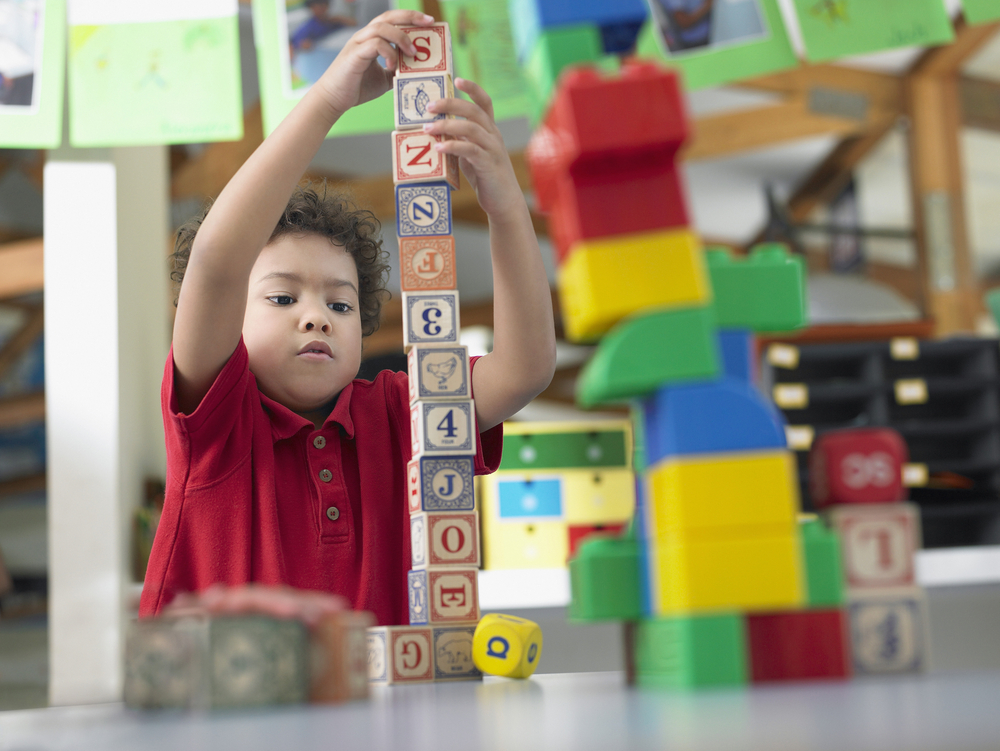


%20(1).jpg)

